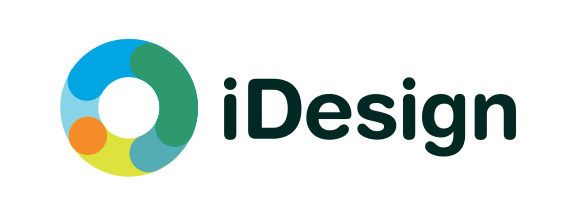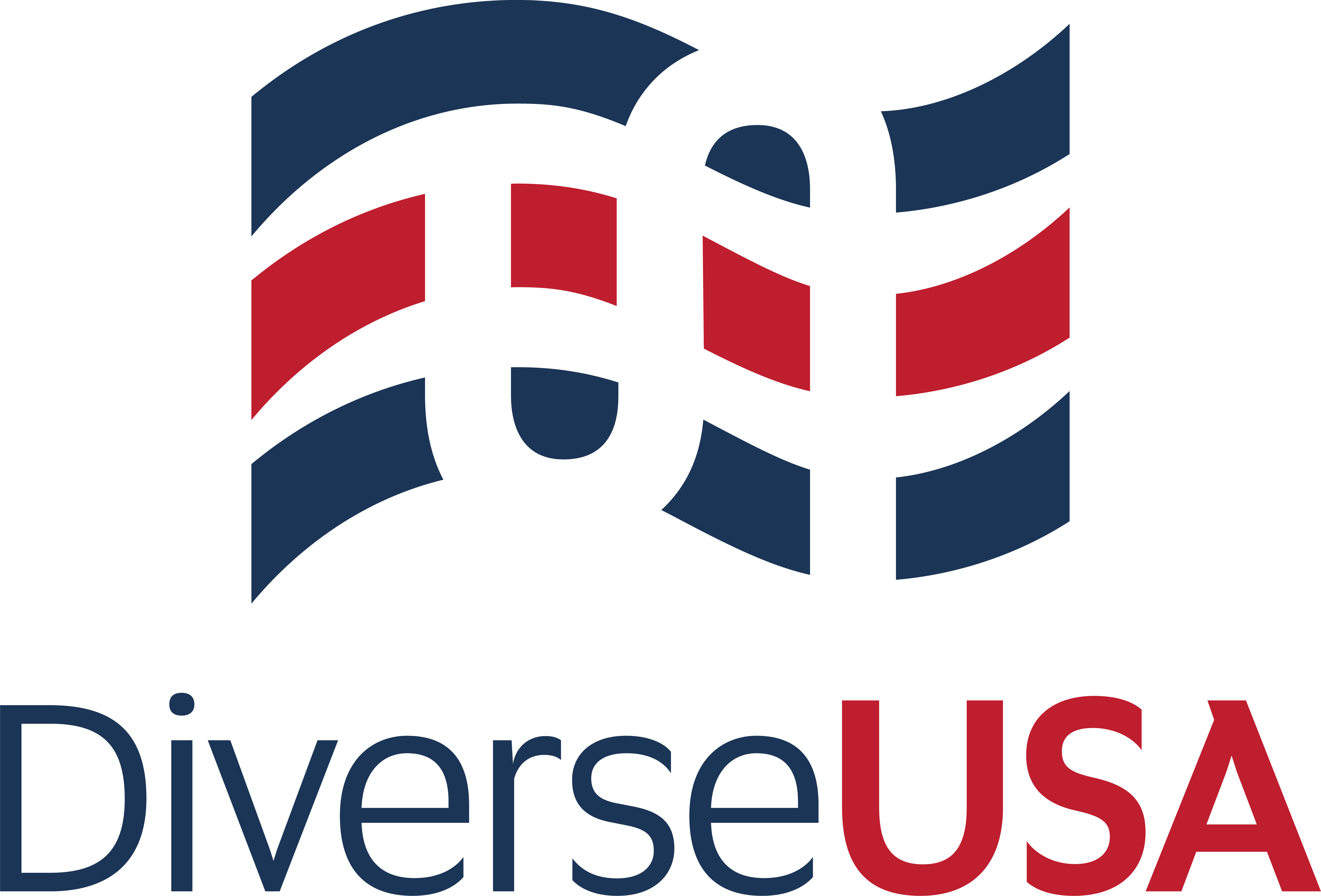a group of Social scientists who make people-science simple.
WHO WE ARE
Who we are says a lot about what we do, and how we do it. Based in Dallas, TX, the team at Go Culture brings decades of industry experience, field research, and most importantly a deep passion to create better workplaces through DEI aptitude measurement, talent-development, and certification.
To better serve our clients,
we collaborate with these strategic partners




